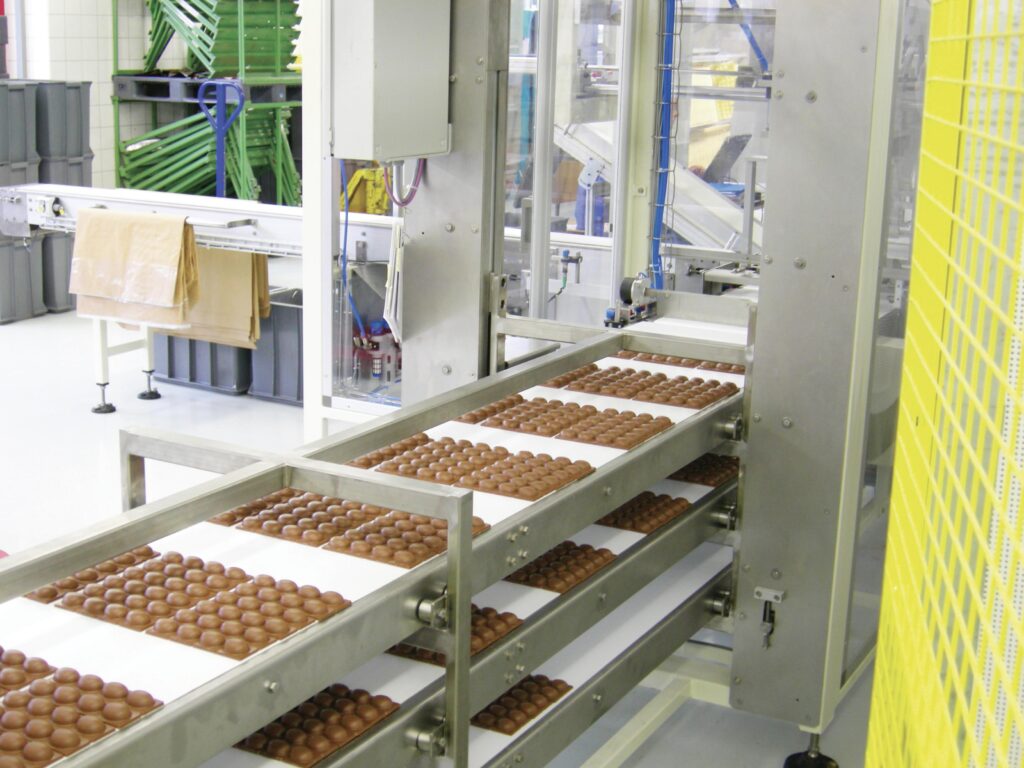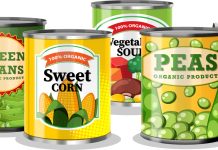
One commonplace in the world of industrial automation is that conveyor belts don’t add value to the manufacturing or packaging process; it is an ancient legacy that I have been confronted with since the first day I started doing this job and, for obvious reasons, it has always bothered be tremendously. The truth couldn’t be further away. Even if we simply consider the conveyor belt as an object that only serves to connect point A to point B, a well-designed conveyor system can be a great help.
In this case, the aim is obviously to have the most efficient system at the lowest possible cost, but that is not the point worth dwelling on. The purpose of this article is not to go looking for every single application where conveyor belts represent an added value. Rather, it is about highlighting some typical cases where these competitive advantages actually exist, and making project managers and plant operators aware that they should not underestimate their design and procurement.
Efficiency, convenience, and optimization
There are three basic ways in which conveyor belts add value: They increase the line efficiency; replace robotic manipulators at a fraction of the cost; and, ultimately, contribute to the optimization of plant space and processes. Increased efficiency: Any production line needs storage space, when productivity grows and, due to its characteristics, the processing cannot be stopped immediately if the packaging machines stop. Accumulation or buffer systems (they are not the same thing, but this is not the place to go into more detail) perform multiple functions: Efficiency recovery during micro-stops of the machines; adjustment of the production flow allowing intermittent machines to be connected with continuous machines; reduction of the mechanical stress on the machines and the relevant impact on the work of operators, in order to solve standstills.
Product Handling: Simply using conveyor belts, it is possible to carry out any kind of product handling, provided there is the necessary layout space. While it is obvious that a robotic system can perform any positioning in an extremely confined space, when production rates are high with very tight cycle times, performing this type of operation with belt systems – even at the expense of positioning accuracy – ensures continuous operation and speed with a lower investment. Space and process optimization: Although examples could be wasted here, competitive advantages are more difficult to measure and are often overlooked, not least because some solutions are now well established and taken for granted. Think of spiral conveyors, which free-up floor space, open passages for operators and packaging materials, increasing safety and ergonomics of lines.
To conclude with a case of particular importance in recent years: When dealing with conveyor belts in direct contact with food, a design that meets the highest construction standards allows sanitization operations to be carried out without using tools. This saves time, and reduces the consumption of water, detergents, and energy. Other examples came to mind as I wrote these few lines, but I want to stop there, in the hope that I have contributed, as far as I can, to a cultural change that I consider essential for the future of our industry.
Luca Fontana, CMO M.H. Material Handling Spa



